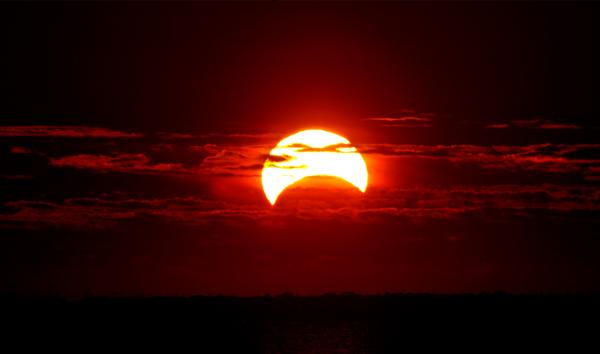
All About Solar Eclipses
Often described as the most spectacular astronomical event to be seen from Earth, I recommend that no human should leave the planet without seeing a solar eclipse. Mabel Loomis Todd, an avid eclipse chaser in the 19th century, said this after witnessing the May 28, 1900 total solar eclipse at Tripoli, North Africa:
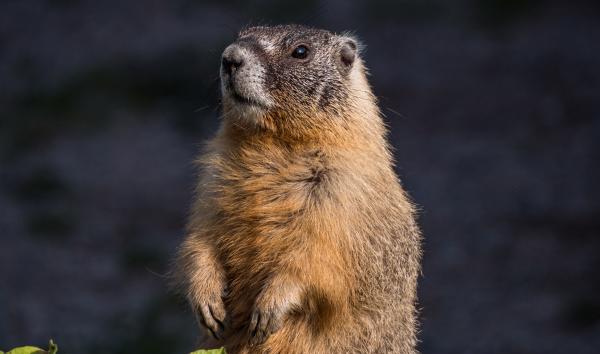
The Surprising History of Groundhog Day
An unusual, yet beloved holiday
February 2nd is Groundhog Day, the day when a groundhog named Punxsutawney Phil predicts whether or not we will have six more weeks of winter. If he sees his shadow, more cold is on the way; if not, warmer weather is coming. While this holiday may seem like a silly tradition, it has a surprisingly deep history.
Ancient Traditions

Mars in Detail: Luke Jerram's Inspiring Sphere of Wonder
From NASA’s photos to science fiction, we all think we know about Mars. But what is the red planet actually like? The artwork Mars by UK-based artist Luke Jerram brings the planet closer to us than we’ve ever been before.
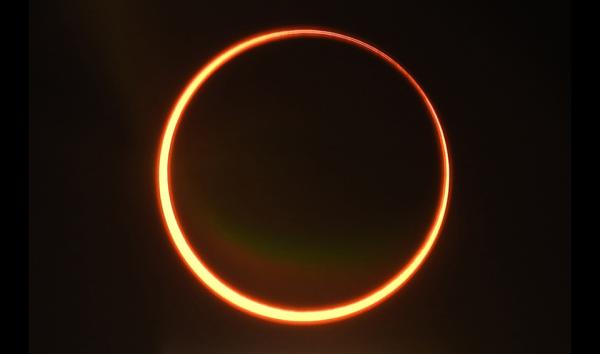
10 Great Websites on the 2023 and 2024 Solar Eclipses
Looking for more information about the upcoming solar eclipse?
Here’s a list TFI Chief Astronomer Derrick Pitts’ favorite sites. From maps to live streams, weather info and video, we've rounded up all the information you need to plan a great viewing experience for this year's partial annular eclipse and the total solar eclipse coming up next April. Still can’t find what you want to know? Send a tweet to @CoolAstronomer!

Stop, Go, Caution: The Colorful Journey of Traffic Light Innovations
The Dawn of a New Era: The Invention that Re-Defined Road Safety
When the automobile was invented in the 19th century, it changed transportation forever. People could go wherever they wanted, whenever they wanted, faster than they ever could before. As cars became more ubiquitous, however, so did injuries and deaths from car accidents. One of the biggest issues was intersections, where cars, horses, and pedestrians tried to move through simultaneously. The solution was something that we’re all used to seeing today – the traffic light.
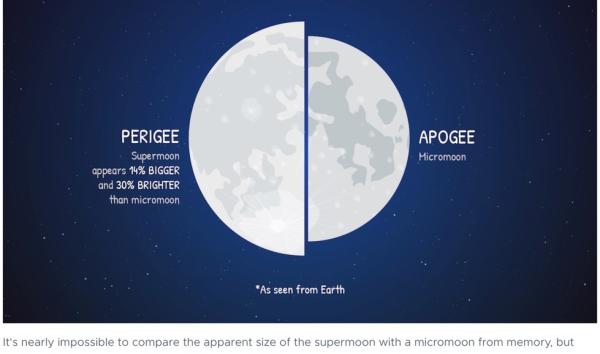
How to Measure a Supermoon
If you’re looking to up your dose of lunar light, tomorrow's the night to get a full charge. The next full moon occurs August 30 at 9:36pm ET. More importantly, it occurs on the day of this year’s penultimate Supermoon, a full moon that occurs during perigee -- when the moon is closest to earth in its monthly orbit. It's also the second full moon this month, making it a "blue moon." I guess we can call it a Super Blue Moon!

The Origins of the Telegraph
Origins of the Telegraph
For centuries, people tried to find ways to communicate across long distances quickly. Flags, sounds, smoke, or lights would only go as far as they could be seen or heard. While the idea for a machine dates back to the 1700s, it wasn’t until the 19th century that the telegraph – a machine that transmits text across distance – was developed. While many inventors came up with different versions, the man who truly brought the telegraph to the world is Samuel Morse.

Gene Editing: What is it, and How Does it Work?
Have you been hearing more about gene editing in the news lately and wondered what it is? On the face of it, it’s exactly what it sounds like – a technique to cut, paste, or modify DNA like you might do with text on a computer. But how does it work and how is it revolutionizing science?

Benjamin Franklin's United States Flag
When visitors enter Jordan Lobby at The Franklin Institute, they see four flags: the United States flag, the state flag of Pennsylvania, the flag of the City of Philadelphia, and a flag with 13 8-pointed stars and red, white, and blue stripes – the Franklin flag.

Science of Emotions: Excitement
I love a good roller coaster, and I rode a great one this weekend! So, it’s fresh in my mind as to why we often use roller coasters as one of the best examples to define excitement in everyday life. I could feel my palms getting sweaty in anticipation of the unknown. My heartbeat started to race as I got nervous going up the first steep climb. And then there was the exhilaration of feeling like flying as we plunged and soared along the track.

Legodelphia: A Conversation with the Artist
Since 2006, The Franklin Institute has been the home for Legodelphia: a mini Philly, by local artist, Austin Mosby. Mosby graciously lent his sculpture to the Institute through our Artifact Loan Program, so that visitors may see a new perspective of our beloved city. I was able to chat with Austin about his process behind creating Legodelphia.

Women Known as 'Computers'
You've likely heard of the 'women computers' working in the space program in the early to mid-1900s through the film Hidden Figures. but did you know that there were 'computers' in other fields?
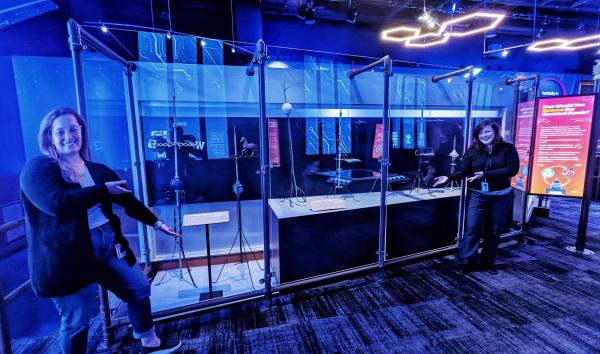
The Franklin Institute Artifact Loan Program
Curatorial Staff with Lightning Rods on loan from Josh Sapan (IC2012-001)
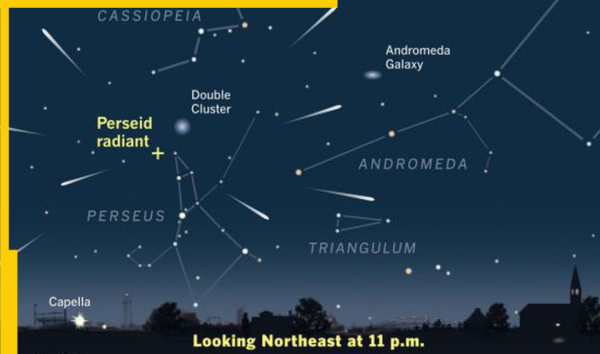
Summer’s Best Meteors – The Perseids, 2022!
The summer’s premiere astronomical event, the Perseid meteor shower, runs from late July through late August, peaking around mid-August. Meteors are sand-grained-sized particles of space rock typically “melted” out of the icy nucleus of a comet. The melting occurs when the comet passes near the sun during its orbit around the solar system. The meteors are usually distributed along the orbital path of the comet and fall into the Earth’s atmosphere when we pass through the comet’s path. The comet associated with the Perseids is Comet Swift-Tuttle, first identified in 1862.

Who Created Time Zones?
Throughout history, inventors have sought ways to solve problems and make people’s lives better. In the video series Ingenious, hosts Trace Dominguez and Susannah Carroll discuss how innovations build on previous inventions to create things that we all live with and use every day. Often, these innovations improve upon what came before. Other times, they remedy issues that new inventions create. One such invention was time zones.

3D Printing Assistive Technology
An image of a palm utensil holder. The device assists people that have a hard time gripping utensils to eat. It can also potentially be used on a person’s foot if they do not have or have use of their hands.
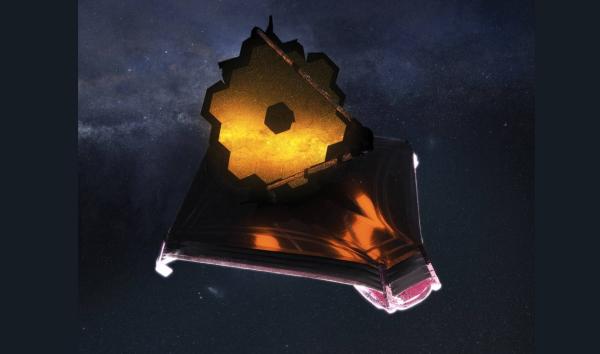
What is the James Webb Space Telescope (JWST)?
The world has seen the first breathtaking images from the James Webb Space Telescope (JWST),offering possibilities for new discoveries that will help to further explain the complexities of the universe.
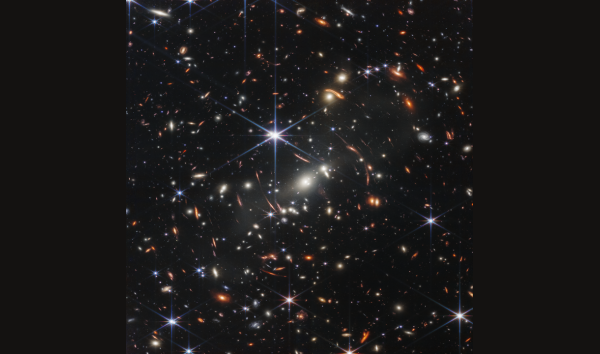
How to Read the First James Webb Space Telescope Image
Image source: NASA, ESA, CSA, STScI
This first image from James Webb Space Telescope was released July 11. The Webb science and engineering team was recognized for extraordinary work but not much was said about the image itself, except that it shows some of the oldest light ever seen by humans. Let’s go further toward understanding what the image actually shows. Here’s how to interpret this first JWST ultra-deep field image:
What we see at first glance are bright stars, some small spiral galaxies, and lots of smaller blobs ranging in color from tan to red.
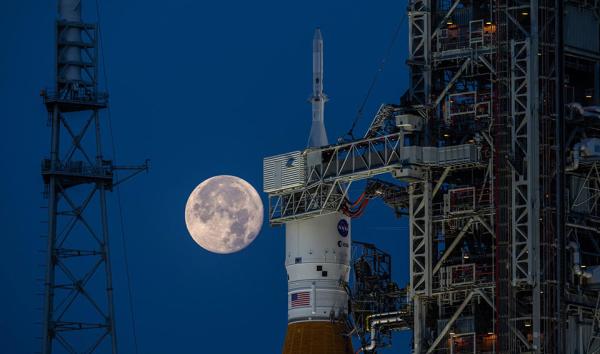
An Update on the Artemis 1 Mission to the Moon
NASA’s next expeditions to the Moon took a step closer to reality when the Space Launch System (SLS) rocket passed its final dress rehearsal tests in late June.

The Story Behind the Telephone
In our new video series, Ingenious, Susannah Carroll and Trace Dominguez look at the history of many inventions that have changed our world – including the telephone. Most people know Alexander Graham Bell as the inventor of the telephone, but there is so much more to that story.
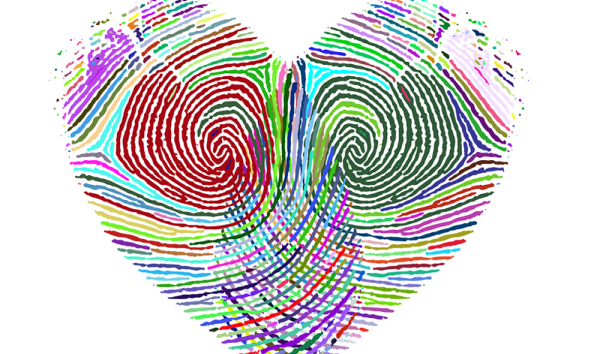
Curious About Love?
As we launch the second season of The Franklin Institute’s podcast, So Curious, we’re excited to take you on a journey through the science of love, sex, and relationships.




